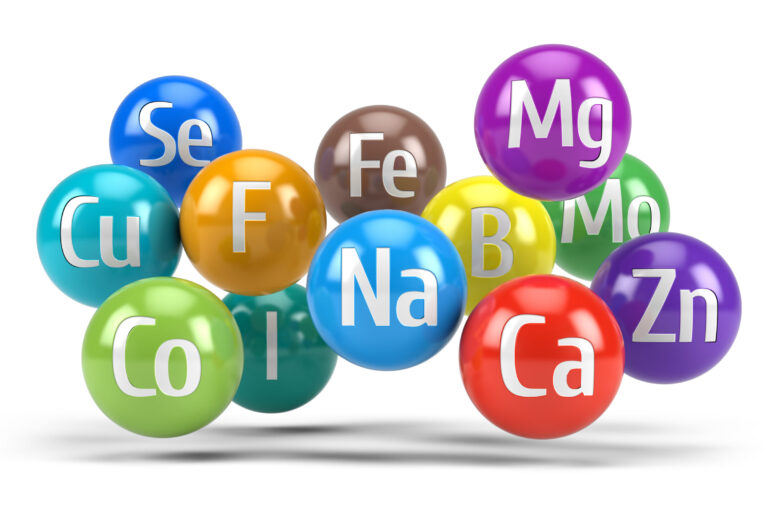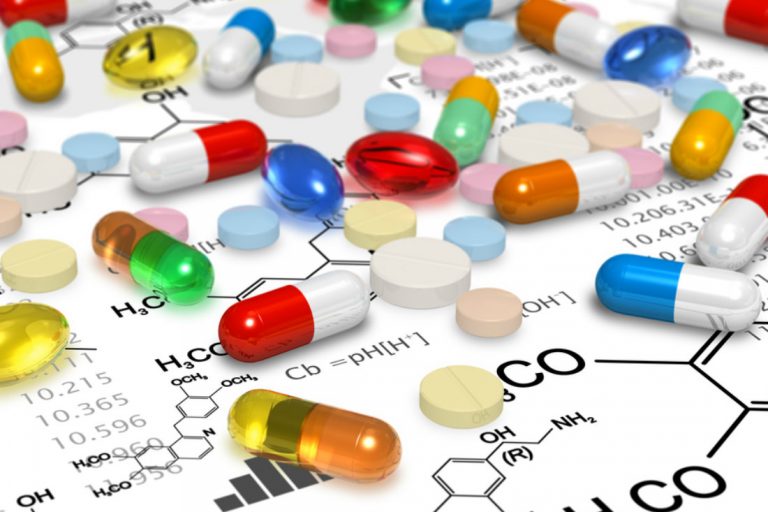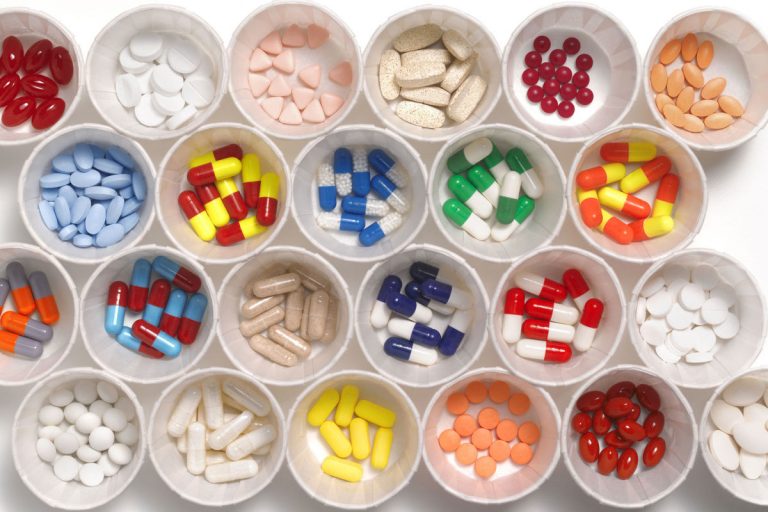ADHD
OF THE RIGHT
TREATMENT
PHARMACOLOGICAL
Attention deficit hyperactivity disorder (ADHD) is a neurodevelopmental disorder whose main symptoms are inattention, hyperactivity and impulsivity.
ADHD covers up to 50% of consultations in child psychiatry and its prevalence has been estimated between 2 to 12% of the pediatric population; it is of multifactorial origin and in 70% of cases, it can coexist with other psychiatric and neurological disorders.
The diagnosis is clinical and ideally requires a careful examination, as well as exhaustive interviews with parents or caregivers and teachers, in addition to interviewing the child or adolescent as far as possible. It is very important to distinguish ADHD from the inattention, hyperactivity and impulsivity expected for the developmental stage, development level or IQ of the child.
Every child or adolescent with ADHD must have a comprehensive individualized treatment plan that involves psycho-pharmacological measures, the treatment aims to improve the core symptoms of ADHD, optimize functioning and reduce behavioral difficulties.
Pharmacotherapy
Regarding pharmacological treatment, there are currently two types of drugs available: psychostimulants and non-psychostimulants. Both act by increasing the effect of catecholamines (dopamine and norepinephrine) in the prefrontal cortex (PFC) since, without enough catecholamines, the cardinal symptoms of ADHD appear.
Recommended uses in children
For children under 6 years of age, the first line of treatment is always behavioral interventions, both in class and at home, and as a second line, pharmacological intervention.
Adverse effects
Like all pharmacological groups, this one also has adverse effects. Among the most common with the mentioned drugs we find:
- Lack of appetite, growth deficits and weight gain.
- Increased blood pressure and heart rate figures.
- Insomnia or unrefreshing sleep.
- New tics or modifications in which the patient already suffered.
- Seizures and psychotic symptoms (not common).
How do I know which drug is the right one for my child?
Starting from the fact that each person is genetically unique, the metabolism and effectiveness of drugs is different in each person. Many times the medicine is prescribed correctly, however, the dose is not adequate to cover the needs.
At Genolife we have a study called ADNFarma®, a pharmacogenetic study, which studies the action of drugs in each person at an individual level, based on their genome and their effects on gene expression, being able to predict the efficacy and toxicity of drugs. drugs, thus allowing the application of the ideal therapy.
We analyze more than 24 genes and 106 variants directly involved in drug metabolism, thus describing their metabolic capacities by category (ultra-fast, normal, intermediate and poor) that will determine the drug’s efficacy.
At GENOLIFE we are seriously committed to your health and apply the most advanced technologies for genetic studies.
Author: MC. Marlene Cota
Bibliography
Nácher, E. F., & Corral, M. P. (2021). Tratamiento farmacológico del trastorno por déficit de atención e hiperactividad (TDAH). Actualidad en farmacología y terapéutica, 19(3), 178-181.
Rusca-Jordán, F., & Cortez-Vergara, C. (2020). Trastorno por déficit de atención con hiperactividad (TDAH) en niños y adolescentes. Una revisión clínica. Revista de Neuro-Psiquiatría, 83(3), 148-156.
Soutullo C, Álvarez-Gómez MJ. Bases para la elección del tratamiento farmacológico en el trastorno por déficit de atención/hiperactividad. Rev Neurol 2013; 56 (Supl. 1):S119-S129.
https://www.genolifeadn.com/adnfarma/#1582655205593-03ffb9a3-c48c






